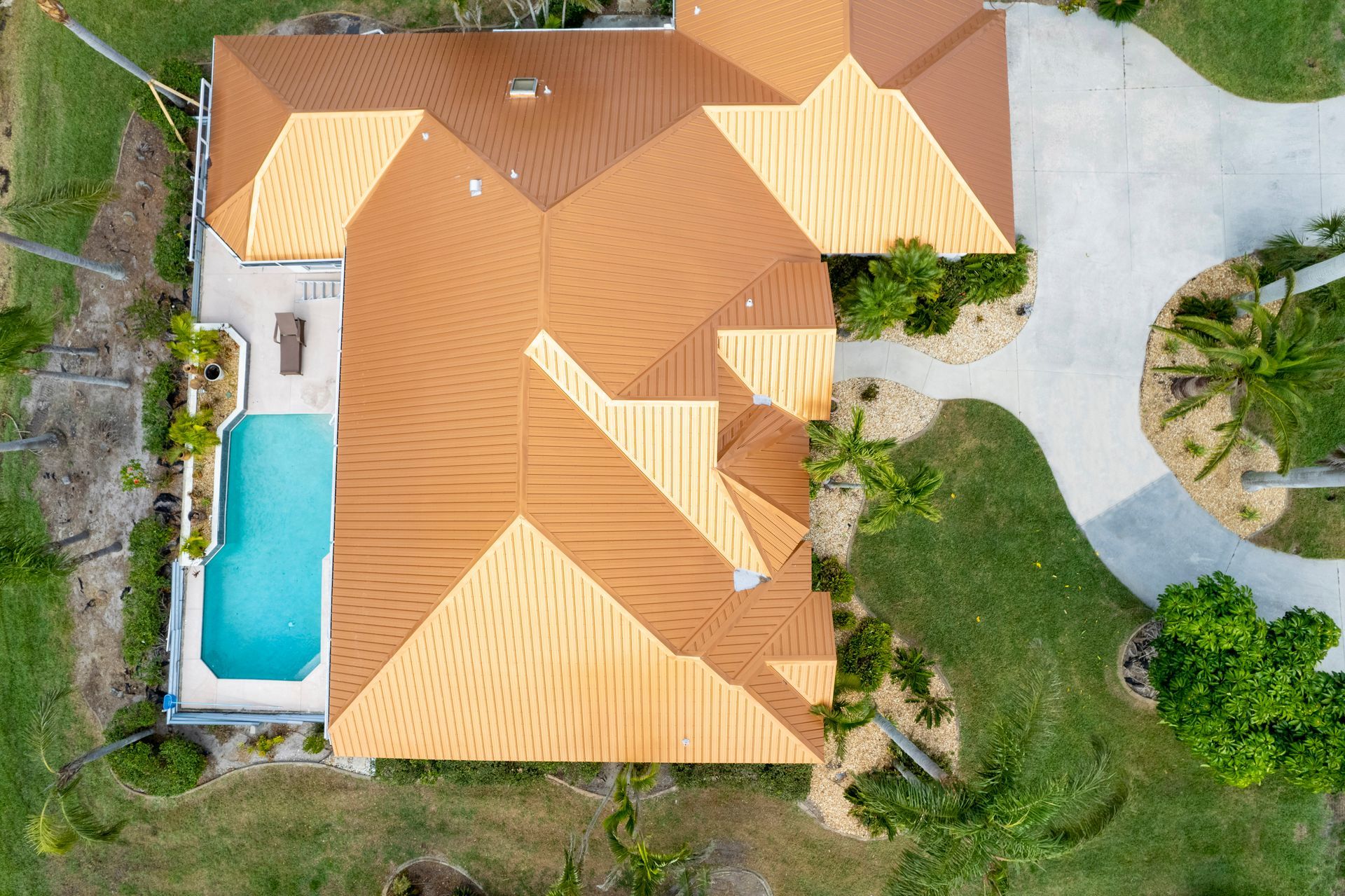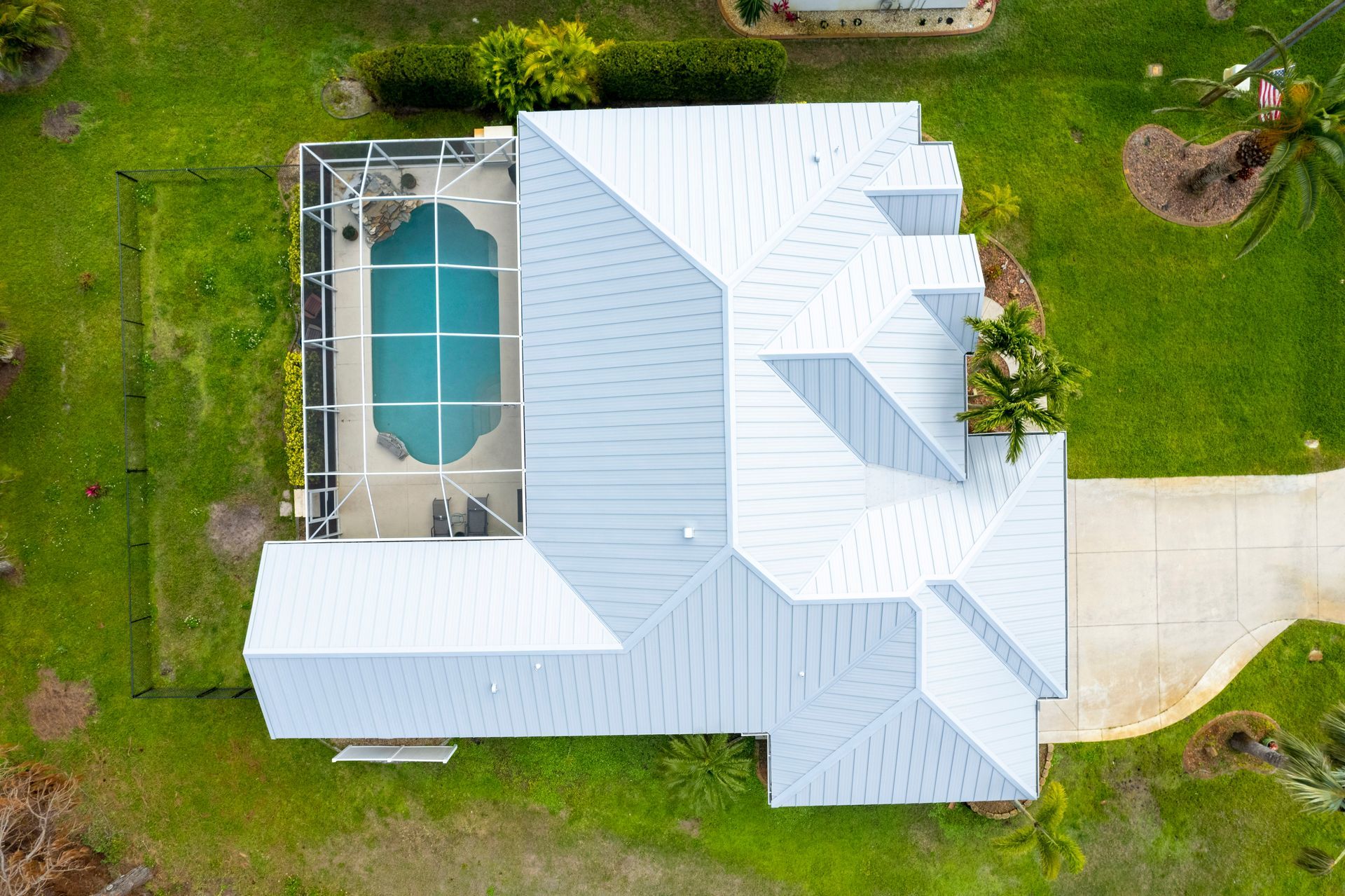Maximizing Your Investment: The ROI and Tax Benefits of a Commercial Roof Replacement
What Is ROI in a Commercial Roof Replacement?
Return on Investment, or ROI, is a key metric used to evaluate the financial benefits of any business decision, including commercial roof replacements. In simple terms, ROI measures how much value you gain compared to the money you spend. For property owners, this means calculating whether the cost of replacing a roof will pay off through increased property value, reduced operational costs, or tax advantages. Understanding ROI helps business owners make smarter decisions about allocating resources for long-term asset management.
A commercial roof replacement is more than just a repair—it’s an investment in your property’s future. Measuring ROI ensures that the project aligns with your broader financial goals. By treating your roof as a critical asset rather than an expense, you can better plan for its lifecycle and maximize its contribution to your property’s overall value. This strategic approach sets the stage for exploring how a new roof can benefit your bottom line.
How a New Roof Impacts Your Commercial Property Value
A new roof can significantly enhance the market value of a commercial property by making it more attractive to potential buyers or tenants. First impressions matter, and a well-maintained roof signals that the property is cared for and reliable. During appraisals, a modern roof can add substantial value because it reduces perceived risks related to leaks, structural damage , or high maintenance costs. Buyers are often willing to pay a premium for properties with updated, durable roofing systems.
Additionally, quality roofing materials and designs can set your property apart in competitive real estate markets. Tenants are more likely to choose spaces with energy-efficient roofs that lower utility bills, while investors appreciate the reduced need for ongoing repairs. Investing in a new roof doesn’t just protect your building—it enhances its appeal and profitability, making it a smart move for long-term ownership or eventual sale.
Long-Term Operational Savings: Beyond the Immediate ROI
Beyond the immediate costs of installation, a new roof offers significant long-term savings by reducing maintenance needs and minimizing disruptions to daily operations. Older roofs often require frequent repairs , which can be costly and time-consuming. These interruptions can also impact productivity if leaks or structural issues force temporary closures. A new roof eliminates many of these headaches, allowing businesses to focus on their core activities without constant worry about roof-related problems.
Furthermore, choosing high-quality materials extends the lifespan of the roof, delaying the need for another replacement. This longevity translates into fewer expenses over time, compounding the initial investment’s value. When paired with professional installation and regular upkeep, a new roof becomes a cornerstone of efficient property management, ensuring smooth operations for years to come.
Energy Efficiency and Sustainability: Savings That Add Up
Modern roofing technologies have made it easier than ever to achieve energy efficiency and sustainability goals. Cool roofs , for example, reflect sunlight and reduce heat absorption, leading to lower cooling costs during warmer months. Energy-efficient materials not only cut utility bills but also align with growing environmental standards, enhancing your brand’s reputation among eco-conscious clients and stakeholders.
Sustainability isn’t just good for the planet—it’s good for your wallet too. Many regions offer incentives for installing green roofing solutions , further boosting the financial benefits. By investing in sustainable materials, you position your property as forward-thinking and responsible, attracting tenants who prioritize environmentally friendly practices. The combination of reduced energy costs and potential incentives makes energy efficiency a win-win for commercial property owners.
Tax Deductions, Incentives, and Depreciation for Roof Replacements
Section 179 and Bonus Depreciation Explained
Commercial property owners can take advantage of tax codes like Section 179 and bonus depreciation to offset the costs of a roof replacement. Section 179 allows businesses to deduct the full purchase price of qualifying equipment or improvements, including roofs, in the year they are placed in service. Bonus depreciation offers additional tax relief by enabling accelerated deductions for certain capital expenditures. These provisions help reduce taxable income and improve cash flow, making roof replacements more financially feasible.
How to Calculate Your Tax Savings
To calculate potential tax savings, start by determining the total cost of the roof replacement and identifying which parts qualify under Section 179 or bonus depreciation rules. Multiply the deductible amount by your business’s tax rate to estimate the savings. Keep in mind that tax laws vary by location and change frequently, so consulting with a tax professional is essential for accurate calculations. Proper planning ensures you maximize available incentives while staying compliant with IRS regulations.
Understanding these tax benefits transforms a roof replacement from a pure expense into a strategic financial decision. With careful consideration, you can leverage these incentives to recoup a portion of your investment quickly, freeing up funds for other business priorities.
Factors That Influence the ROI of Your Commercial Roof Replacement
Several factors play a role in determining the return on investment for a commercial roof replacement. Material choice is one of the most critical considerations; high-quality options may cost more upfront but often provide better durability and performance. Roof design also matters, as some configurations are better suited for specific climates or building uses. Additionally, working with experienced contractors ensures proper installation, which directly impacts the roof’s lifespan and effectiveness.
Other variables include local climate conditions, real estate market trends, and planned maintenance schedules. Properties in harsh weather areas may see faster ROI due to reduced damage risks, while strong real estate markets can amplify property value increases. Developing a proactive maintenance plan further safeguards your investment, ensuring the roof performs optimally throughout its lifecycle. Considering all these elements helps tailor the project to your unique needs and goals.
The Importance of Professional Installation and Regular Maintenance
Professional installation is crucial for maximizing the ROI of a commercial roof replacement. Skilled contractors bring expertise in selecting appropriate materials, designing effective systems, and executing flawless installations. Poor workmanship can lead to premature failures, voided warranties, and costly repairs down the line. Partnering with a trusted provider like https://www.allweathertite.com ensures that your project meets industry standards and delivers lasting results.
Equally important is establishing a routine maintenance schedule. Regular inspections catch minor issues before they escalate, preserving the roof’s condition and extending its useful life. Maintenance also keeps warranties intact, protecting your investment against unexpected expenses. Together, professional installation and consistent care create a solid foundation for achieving optimal ROI and safeguarding your property’s value.
Evaluating Cost vs. Value: How Much Can You Expect to Recoup?
Industry reports suggest that commercial roof replacements typically yield an average ROI of 60-80%, depending on factors like building type, location, and material choice. While the exact percentage varies, the general trend shows that newer roofs increase property resale values and attract higher rental rates. Properties in prime locations or those serving niche markets may see even greater returns due to heightened demand.
Cost-to-value ratios are influenced by both the scale of the initial investment and the specific characteristics of the property. For instance, industrial buildings might experience different outcomes compared to retail spaces. Understanding these dynamics helps set realistic expectations and highlights the importance of tailoring the replacement strategy to your unique situation. By balancing cost and value effectively, you can ensure your investment pays dividends over time.
Common Pitfalls to Avoid for Optimal ROI
One common mistake is opting for low-cost materials to save money initially. While cheaper options might seem appealing, they often result in higher long-term expenses due to frequent repairs and shorter lifespans. Similarly, ignoring manufacturer warranties or failing to read the fine print can leave you vulnerable to uncovered damages. Working with inexperienced installers is another pitfall, as improper techniques can compromise the roof’s integrity and performance.
Neglecting post-installation maintenance is equally detrimental. Without regular check-ups, small problems can escalate into major issues, eroding your ROI. To avoid these pitfalls, prioritize quality materials, vetted contractors, and comprehensive maintenance plans. Taking these precautions ensures your roof remains a valuable asset rather than a liability.
ROI Case Studies: Real-World Commercial Roof Replacements
Consider a hypothetical case study where a manufacturing facility replaced its aging roof with a cool roof system. Within two years, the company reported a 25% reduction in cooling costs and improved tenant satisfaction due to enhanced comfort. The upgraded roof also increased the property’s appraised value by 15%, providing a substantial boost to the owner’s equity.
In another scenario, a retail center invested in a metal roof known for its durability and energy efficiency. Over five years, the center saved thousands in utility bills and avoided costly repairs thanks to the roof’s resilience. These examples illustrate how thoughtful investments in roofing projects generate tangible returns, benefiting both finances and functionality.
Steps to Maximize Your Investment in a Roof Replacement
Begin by conducting a thorough inspection of your existing roof to identify areas needing attention. Next, research various materials and designs, weighing their pros and cons based on your property’s needs. Obtain multiple bids from reputable contractors, ensuring each proposal includes detailed timelines, warranties, and cost breakdowns. Choosing the right partner, such as https://www.allweathertite.com, ensures quality workmanship and peace of mind.
Finally, establish a robust maintenance plan to preserve your investment. Schedule regular inspections, clean gutters, and address minor issues promptly. By following these steps, you create a roadmap for success, ensuring your roof serves as a reliable and profitable asset for years to come.
FAQ: Commercial Roof Replacement ROI and Tax Benefits
How long does it take to see a return on investment after a commercial roof replacement?
Typically, businesses begin seeing ROI within 2-5 years after a roof replacement. Operational savings, such as reduced energy bills and fewer repairs, contribute to quicker payback periods. Property value increases and tax incentives further accelerate the timeline, making the investment worthwhile in the medium term.
Are there specific tax incentives for energy-efficient commercial roofs?
Yes, federal, state, and local programs often incentivize energy-efficient roofing solutions. Tax credits, rebates, and grants are available for installing cool roofs, solar panels, or other sustainable technologies. These incentives not only lower upfront costs but also enhance long-term savings, making energy-efficient roofs a smart financial choice.
What are the maintenance requirements for keeping a new commercial roof under warranty?
Maintenance requirements vary by manufacturer but generally include annual inspections, debris removal, and prompt repairs for minor issues. Adhering to these guidelines protects your warranty and ensures the roof performs as expected. Neglecting maintenance can void coverage, leaving you responsible for unexpected expenses.
How do different roofing materials impact long-term ROI?
Different materials offer varying levels of durability, maintenance needs, and energy efficiency. Metal roofs, for example , last longer and require less upkeep than asphalt shingles, though they come at a higher initial cost. Evaluating these trade-offs helps determine which material best aligns with your budget and goals, ultimately influencing your ROI.
Can a commercial roof replacement be partially expensed in a single tax year?
Under IRS Section 179, businesses can expense certain portions of a roof replacement in the year it’s completed. However, eligibility depends on the nature of the improvement and applicable tax laws. Consulting a tax advisor ensures compliance and maximizes available deductions.
Conclusion
Replacing a commercial roof is a strategic investment that yields financial, operational, and tax-related benefits. From increasing property value and reducing energy costs to taking advantage of tax incentives, the advantages are clear. By focusing on quality materials, professional installation, and regular maintenance, property owners can unlock lasting value and protect their assets for years to come.
If you’re considering a roof replacement, now is the time to act. Assess your current roofing needs and explore opportunities to maximize your investment. Partnering with a trusted contractor like https://www.allweathertite.com can guide you through the process, ensuring you achieve the best possible outcomes for your property. Don’t wait—invest in your roof today and reap the rewards tomorrow.
Have any questionS?
Reach out to our roofing specialists for more answers on the various options for your home.



